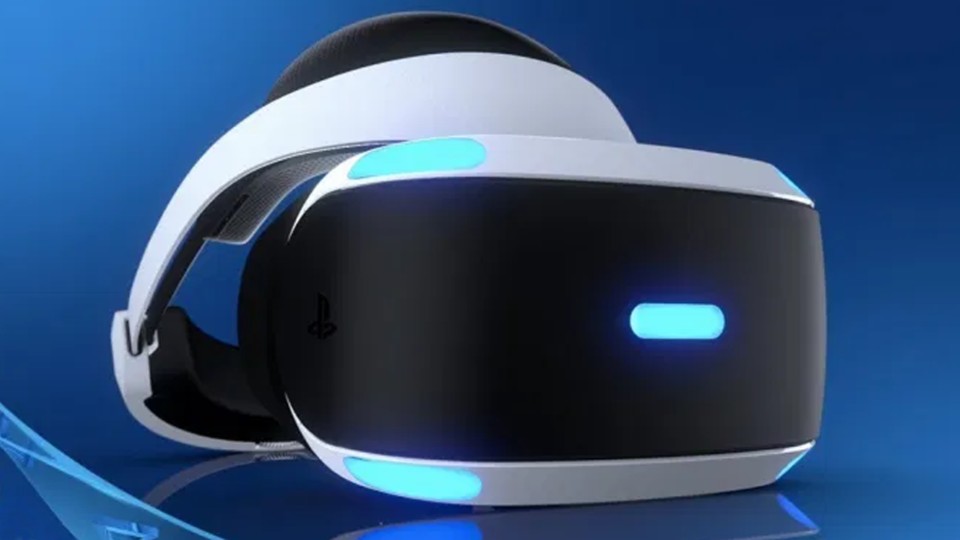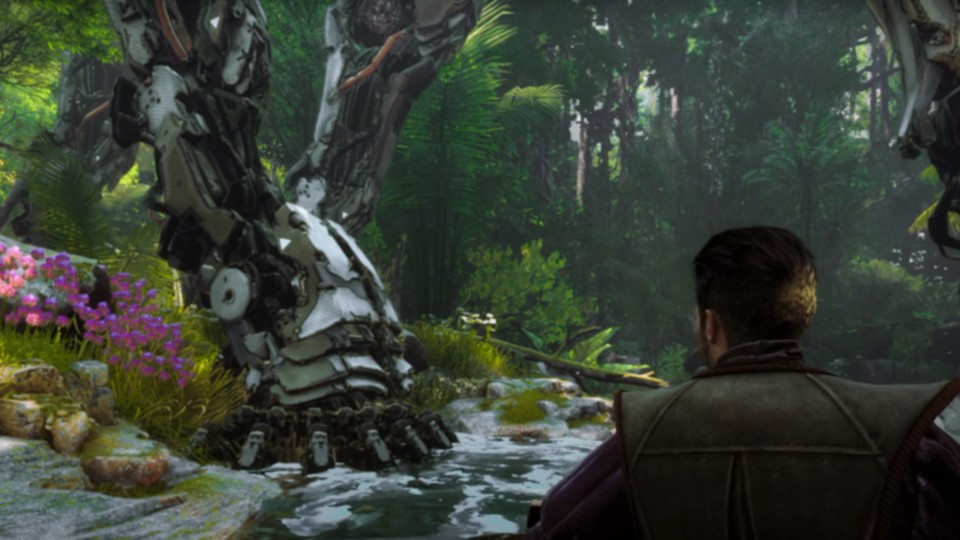PSVR 2 comes with foveated rendering and that’s why that’s special


The PSVR2 headset is technically much more advanced than its predecessor in this picture.
Although it had been known since the beginning of 2021 that Sony was working on a new VR headset, Sony finally has the official name – PSVR 2 – and published the first technical details about the headset and the controllers. As part of CES 2022, it was announced, among other things, that the system will offer 4K HDR, a larger field of view and an integrated OLED display.
Anyone reading the technical specifications may stumble across the term “Foveated Rendering”. Sounds pretty unspectacular at first, but is worth mentioning in the VR area because it is really used or should be used in PSVR 2 for the first time.
What is foveated rendering anyway?
Foveated rendering is a technology that is able to show certain areas of the VR game world sharply and in detail based on the direction the human eye is looking at – namely those on which the eye is currently focused – and this wealth of detail in others and to reduce “disregarded” areas.
The technology takes its name from a part of the human eye. The fovea centralis, which is also called “Sehgrube” in German, is the area on the retina with which we can see most clearly (via DocCheck). It is responsible for ensuring that we can focus our gaze on certain things – for example when we are reading a book.
Foveated rendering works on the same principle, but it also requires an eye tracking system that recognizes where our eyes are looking under the headset. PSVR 2 also has this technology and can thus recognize on which point the fovea centralis is focused – for example the leg of a gigantic long neck in Horizon Call of the Mountain.

1:51
Horizon Call of the Mountain – First teaser trailer for Guerrilla’s PSVR2 adventure
That is the advantage of the technology
Because only certain parts of the game are rendered in greater detail due to the foveated rendering, this generally reduces the render load and enables developers to have more computing resources available for other areas of the game, for example a constant and higher frame rate. On the other hand, the VR player himself will probably not notice this, because the eye “fades out” the corresponding areas anyway.
Foveated rendering is not new or even PSVR 2-exclusive. The technology has been around for about 10 years and has so far been used in some development kits (e.g. the Snapdragon 835 VRDK). In Sony’s upcoming VR headset, however, it should be used correctly and for a larger target group for the first time, which in turn makes it something special.
Sony has not yet announced a release date or a price for the PSVR 2, and there are no pictures of the headset either. You can find out more about the system in our Spec article for PSVR 2.
Sounds cool right? What do you think of this technology?
Reference-www.gamepro.de